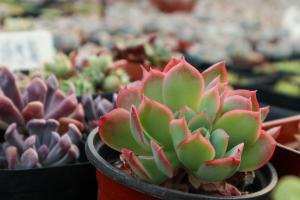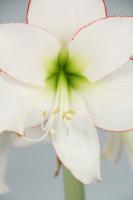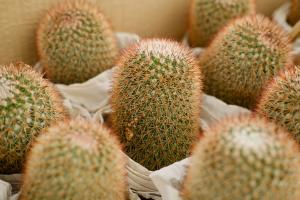How to Winterize Potted Lavender Plants
If you have potted lavender plants and live in an area with cold winters, you’ll need to take some steps to ensure they survive the winter. Lavender is a Mediterranean plant and is not well-suited to freezing temperatures. Here’s how to winterize your potted lavender plants:
Choose the Right Location
Lavender plants need lots of sun, so make sure they are in a spot that gets at least six hours of direct sunlight a day. They also need good air circulation, so avoid placing them in a location that is sheltered from wind. Consider placing them near a south-facing wall or other heat-retaining structure, which can help protect them from colder temperatures.
Water Carefully
During the winter months, lavender plants need to be watered less frequently than during the growing season. Overwatering can cause root rot, so allow the soil to dry out slightly between watering. However, be careful not to let the soil completely dry out, as this can damage the plant. A good rule of thumb is to water your lavender plant only when the top couple of inches of soil are dry to the touch.
Protect from Cold Temperatures
The biggest threat to lavender plants during the winter is freezing temperatures. If you live in an area with particularly cold winters, you may need to bring your potted lavender plants indoors. Place them in a sunny, cool room that is around 40 to 50 degrees Fahrenheit. Alternatively, you can protect them by wrapping them in burlap or another breathable fabric. This can help insulate the plant from the cold while still allowing air to circulate.
Prune the Plant
In the fall, before the first frost, prune your lavender plant to about two-thirds of its size. This will help promote new growth in the spring and make the plant easier to manage. Remove any dead or damaged branches, as well as any growth that is too close to the ground. This will also help prevent the plant from becoming too woody over time.
Fertilize Sparingly
During the winter months, it is not necessary to fertilize your lavender plant. In fact, too much fertilizer can cause new growth that will be more susceptible to damage from freezing temperatures. If you do choose to fertilize your plant, use a balanced fertilizer at half the recommended strength.
Conclusion
By taking these steps to winterize your potted lavender plants, you can help ensure they survive the colder temperatures of winter. With the right care, you can enjoy the beauty and fragrance of lavender year-round.

 how many times do yo...
how many times do yo... how many planted tre...
how many planted tre... how many pine trees ...
how many pine trees ... how many pecan trees...
how many pecan trees... how many plants comp...
how many plants comp... how many plants can ...
how many plants can ... how many plants and ...
how many plants and ... how many pepper plan...
how many pepper plan...






























